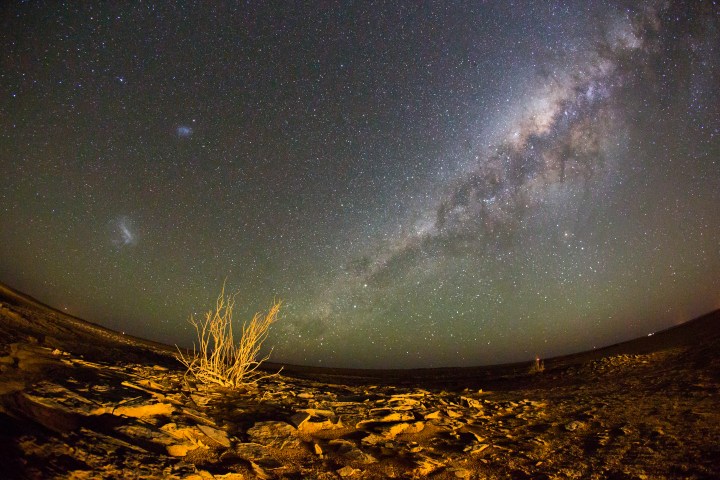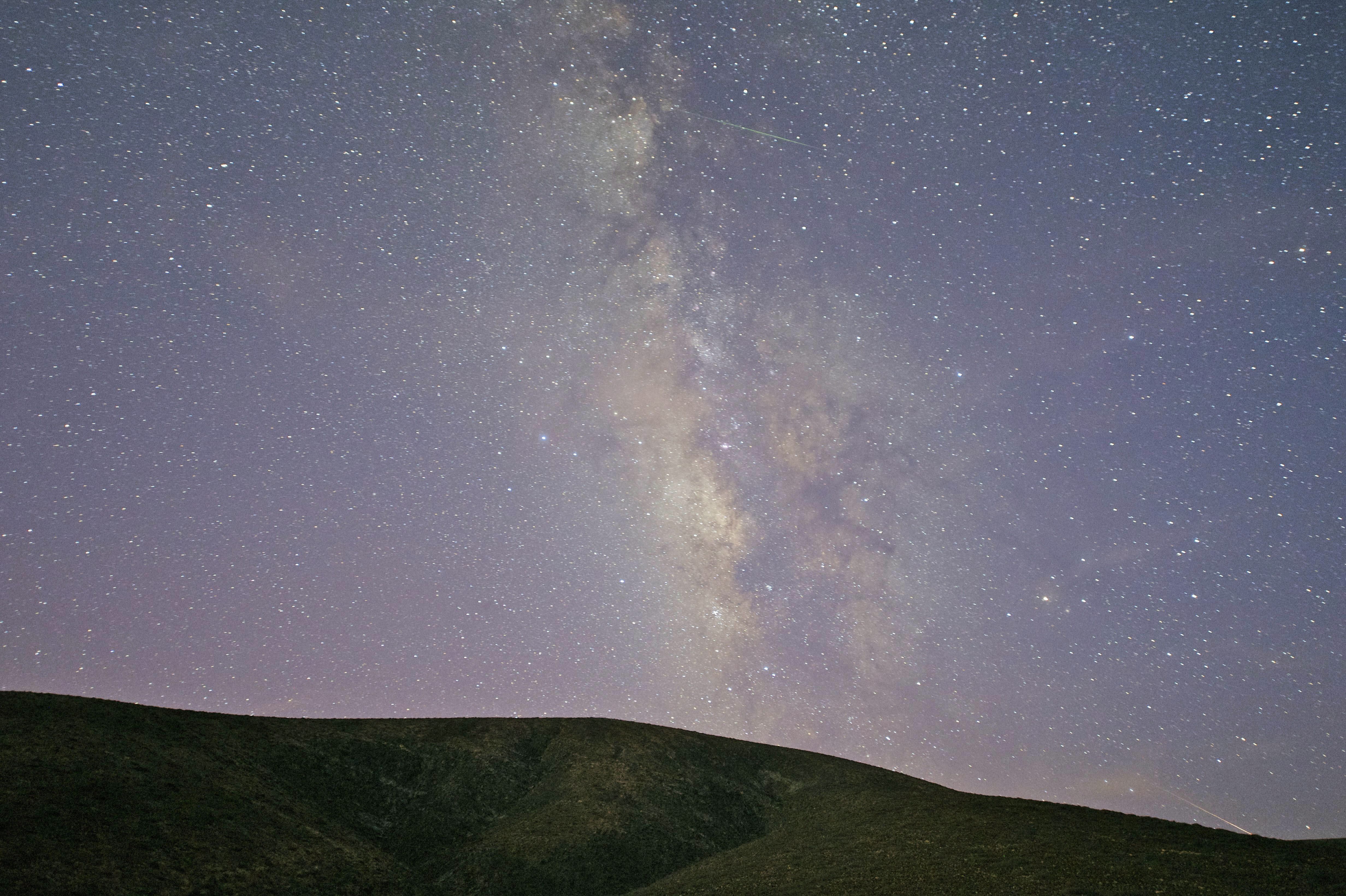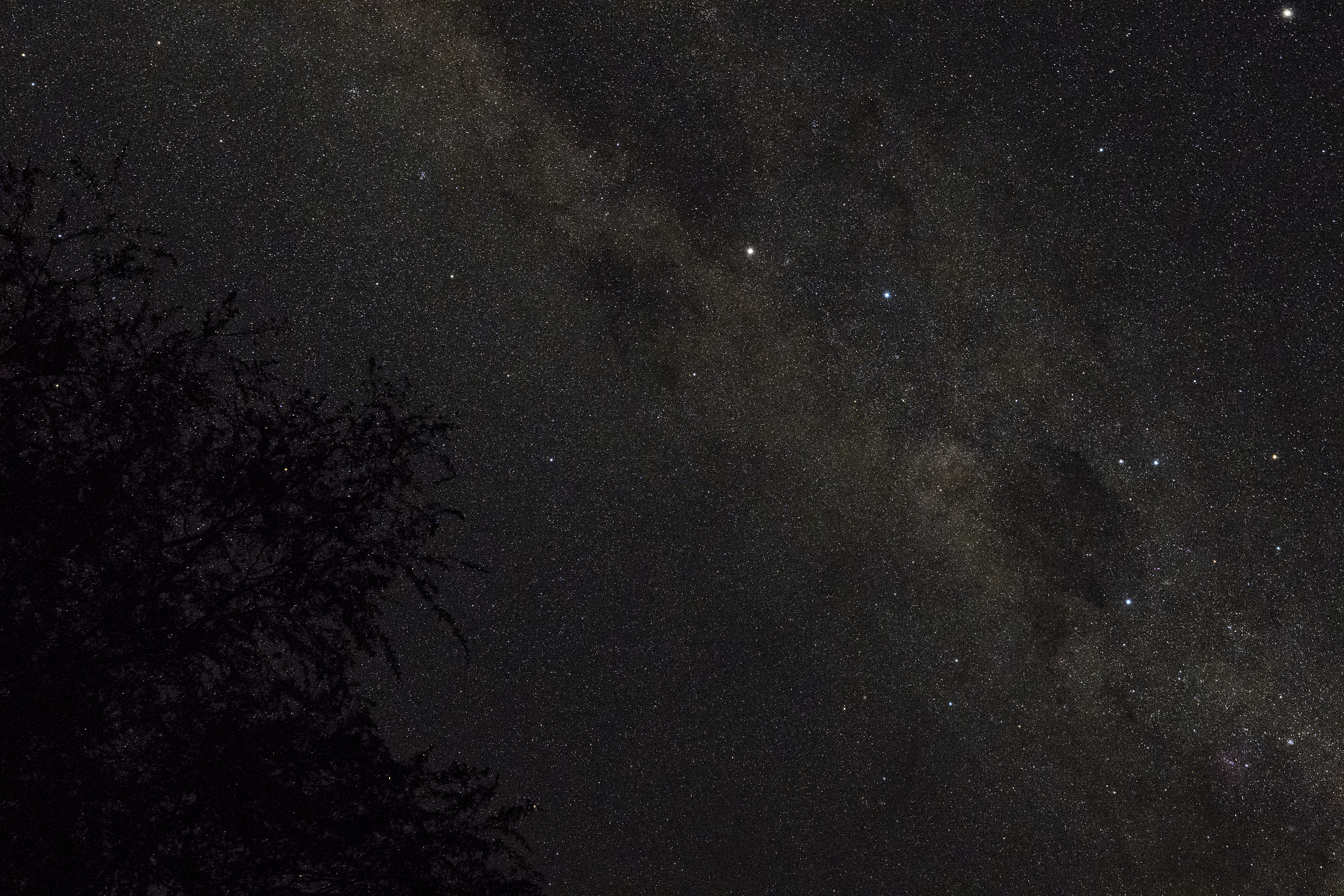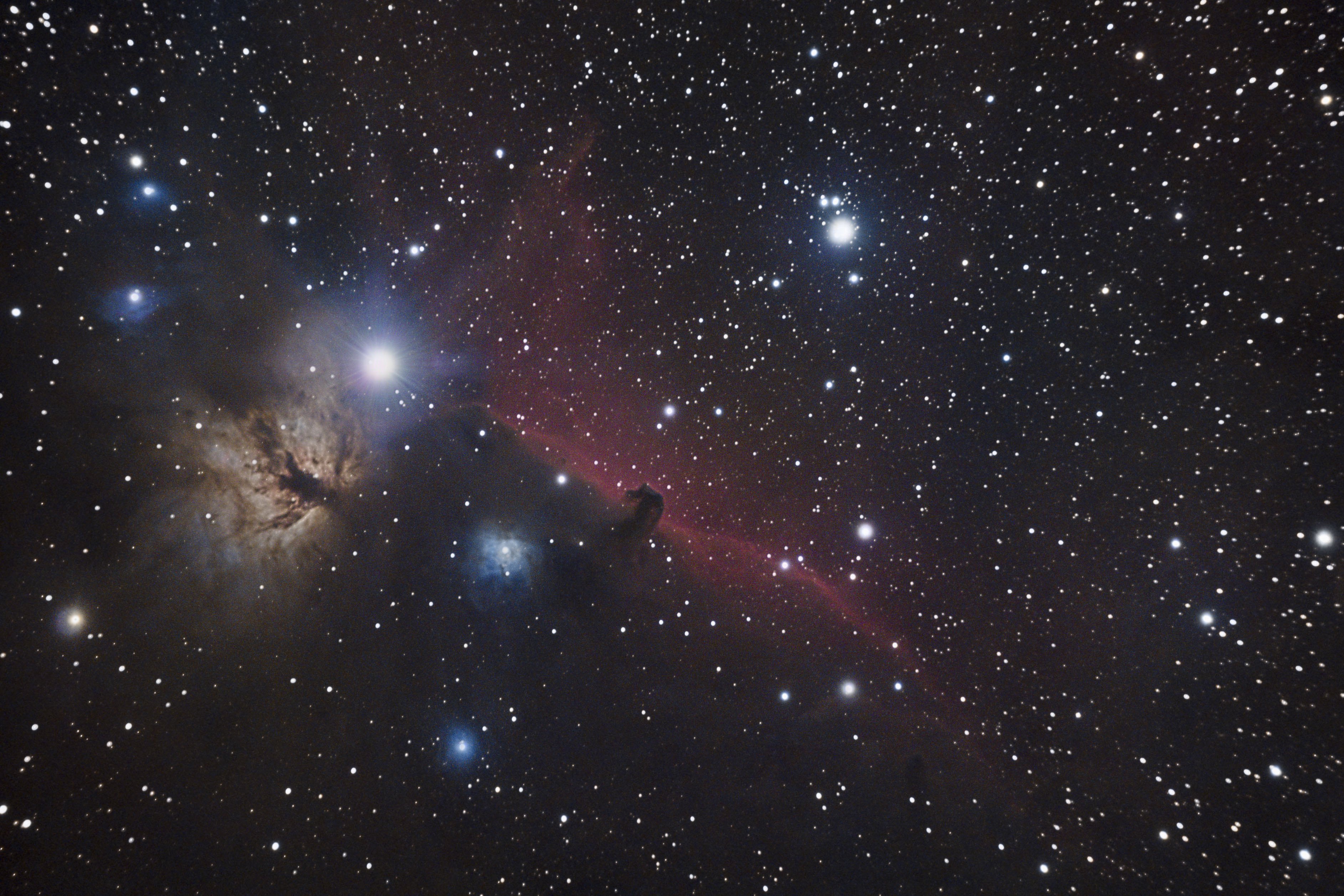The Conversation
Meteors, supermoons, a comet and more: your guide to the southern sky in 2024

In 2024 we will see meteor showers, Saturn disappearing behind the Moon, and – if we’re lucky – a comet bright enough to see with the naked eye.
What exciting events will we see in the southern sky in 2024? Meteor showers, Saturn covered by the Moon, close approaches of bright planets to each other, supermoons – and, if we’re lucky, a comet visible to the naked eye.
Even if you live in a city surrounded by light pollution, these are all worth looking out for. Here are some of the highlights.
May – the Eta Aquarid meteors

A view of the Eta Aquarid meteor shower, as a result of Earth passing through dust released by Halley’s Comet, seen from Barranco de Ajuy on Fuerteventura, the Canary Islands, Spain, early 06 May 2013. Image: EPA/CARLOS DE SAA
The first of the two main Southern Hemisphere meteor showers during the year is the Eta Aquariid or Eta Aquarid shower. It’s named after a star in the constellation of Aquarius, the Water Carrier, as the meteors appear to originate from there.
Meteors are small particles hitting Earth’s atmosphere and creating a streak of light as they burn up. A meteor shower occurs when many particles hit, all coming from the same direction.
They are generally due to Earth passing through a stream of dust left behind by a comet. For the Eta Aquariids, the comet is the famous Halley’s Comet, which was first recorded more than 2,000 years ago.
In 2024, there will be a good opportunity to see them in the early mornings of Monday 6 and Tuesday 7 May, as the Moon will not be brightening the sky.
December – the Geminid meteors

A blanket of stars covers the African night sky. (Photo by Ilan Godfrey/Getty Images for Lumix)
The second of the two main meteor showers is the Geminid shower. This originates in the direction of the constellation of Gemini, the Twins.
Unusually, they are associated not with a comet but with a rocky asteroid named Phaeton. In 2024, they are likely to be best seen early on the morning of Saturday 14 December.
The peak time to view is during the short interval between the setting of the Moon and the start of dawn.
March, June and August – the planets
Celestial objects approaching one another in the sky can provide a nice view. On the evening of Friday 22 March, the brightest planet Venus is less than the width of the Moon away from the ringed planet Saturn. Look low down in the east.
For people in the eastern part of Australia, the Moon covers the planet Saturn low in the eastern sky on the night of Thursday 27 June. The event can be seen by eye, but binoculars or a small telescope would help.
Another close approach is in the early morning of Thursday 15 August, when the red planet Mars is less than a Moon-width from the giant planet Jupiter.
September and October – supermoons

The closest full moon in 2023, and a super blue moon on August 30, 2023 in Johannesburg, South Africa. A rare celestial event. As the second full moon in the month of August, this is termed as a blue moon. There will not be another blue supermoon until 2037. (Photo by Gallo Images/Dino Lloyd)
There will be two supermoons during 2024. The Moon has a path that sometimes takes it further from Earth and sometimes closer. Recently, a time when the full Moon coincides with the Moon at its closest point to Earth has become known as a supermoon. At this time the Moon is slightly larger in the sky than usual.
It’s best to look at moonrise, as an illusion in our brains makes the Moon appear larger when it’s near the horizon. The supermoons in 2024 are on Wednesday 18 September and Thursday 17 October.
October – Comet C/2023 A3 (Tsuchinshan-ATLAS)
Comets visible to the naked eye are rare and exciting events. A comet with the impressive name of Comet C/2023 A3 (Tsuchinshan-ATLAS), discovered in January 2023, is approaching the Sun and Earth, and may become bright enough to be easily seen. As yet, it is unknown whether this will happen – comets are notoriously fickle.
At a distance of 71 million kilometres, the comet will be closest to Earth on Sunday 13 October. However, for the next six days a bright Moon will make sighting it unlikely. By Saturday 19 October, the Moon will have moved out of the way. That evening and the following few evenings will gave us the best chance to see it. Look low in the west.
January and May – constellations

An Image composed of the integration of 1 hour of photographic exposures shows the Horsehead Nebula, located in the Orion constellation about 1,500 light years from Earth seen from the Cantabrian town of La Hayuela, Spain, 22 November 2023. Image: EPA-EFE/PEDRO PUENTE HOYOS
Not only these highlighted events can be seen in the sky. There are star pictures or constellations that still stand out in the sky of bright cities.
Orion, the Hunter, is a favourite Southern Hemisphere summer constellation, high in the northern sky on January evenings. It consists of four bright stars in a rectangle with a line of three stars, representing Orion’s belt, in the middle.
According to Greek legend, Orion was a great hunter who vowed to kill all animals. To stop him carrying out his threat, one of the gods sent a scorpion to kill him. This ancient story with Scorpius, the Scorpion chasing Orion takes place above our heads each night.
Scorpius is another spectacular constellation with a curved line of bright stars, with a red star forming the creature’s heart. In January, people who are up at around 3 am can see Scorpius rising in the east, while its quarry Orion is sinking in the west. Alternatively, if you don’t like early mornings you can see the same scene on May evenings after dusk. DM
This story was first published on The Conversation. The information in this article is from the 2024 Australasian Sky Guide. Nick Lomb is an Honorary Professor at the Centre for Astrophysics, University of Southern Queensland.




















Comments - Please login in order to comment.